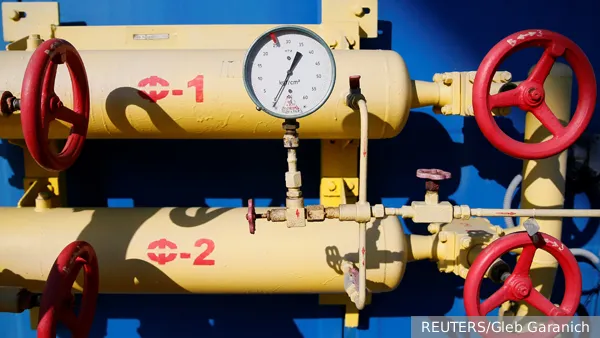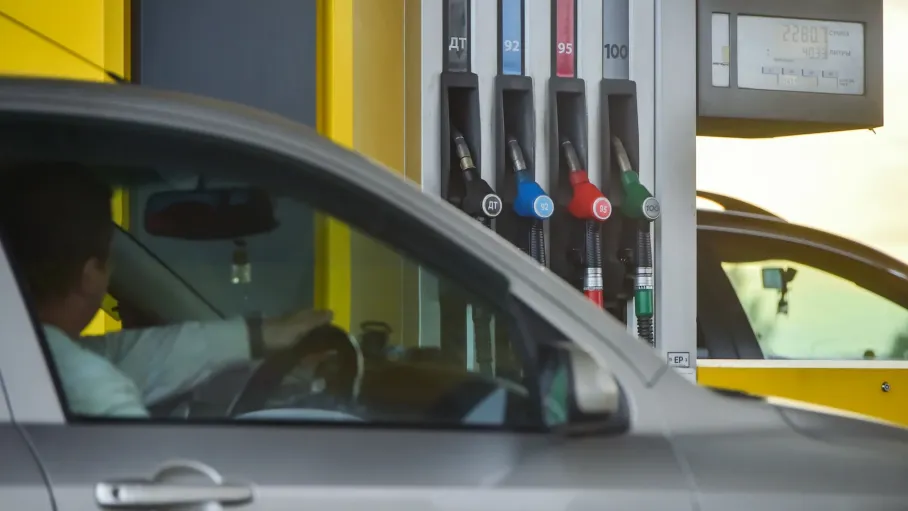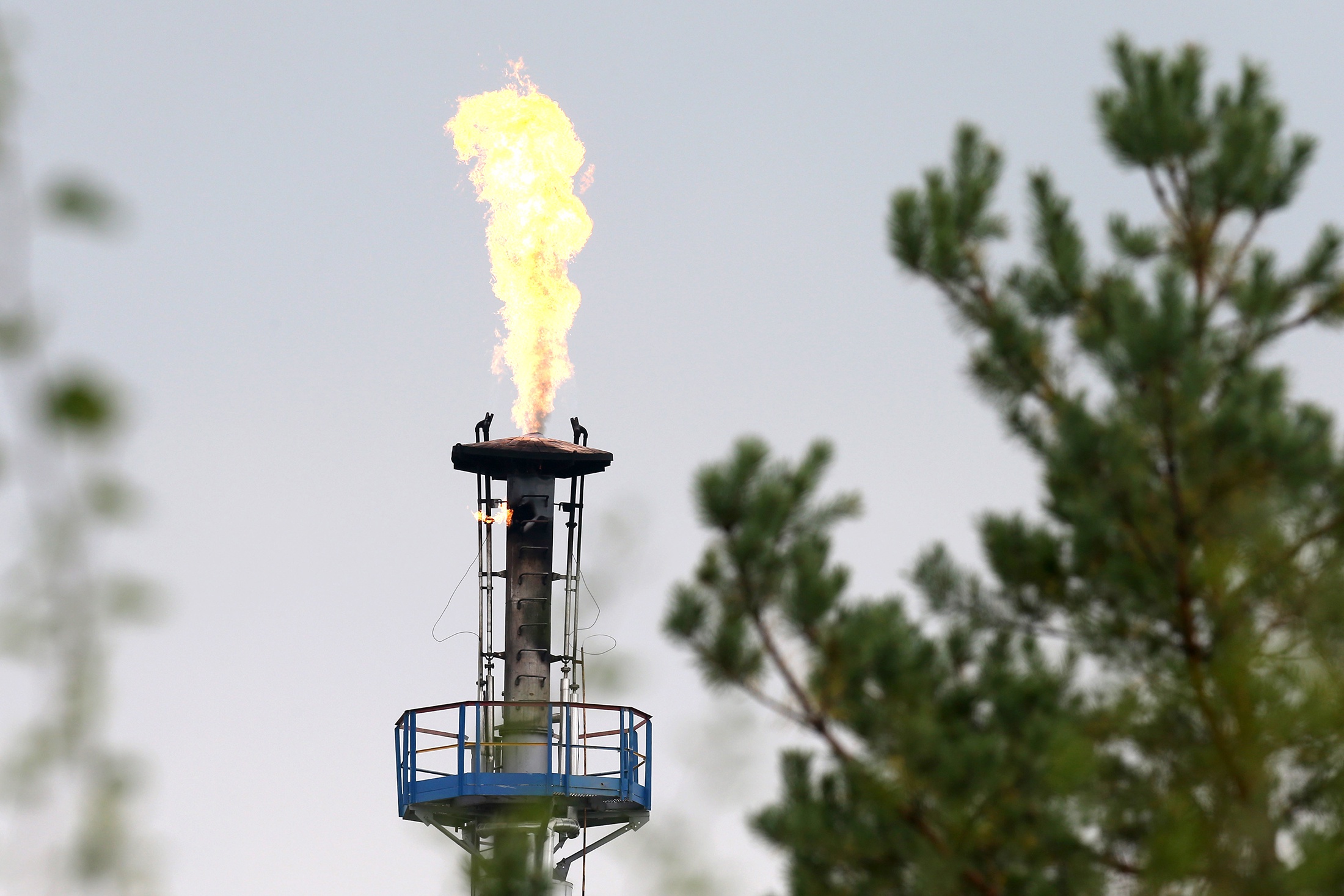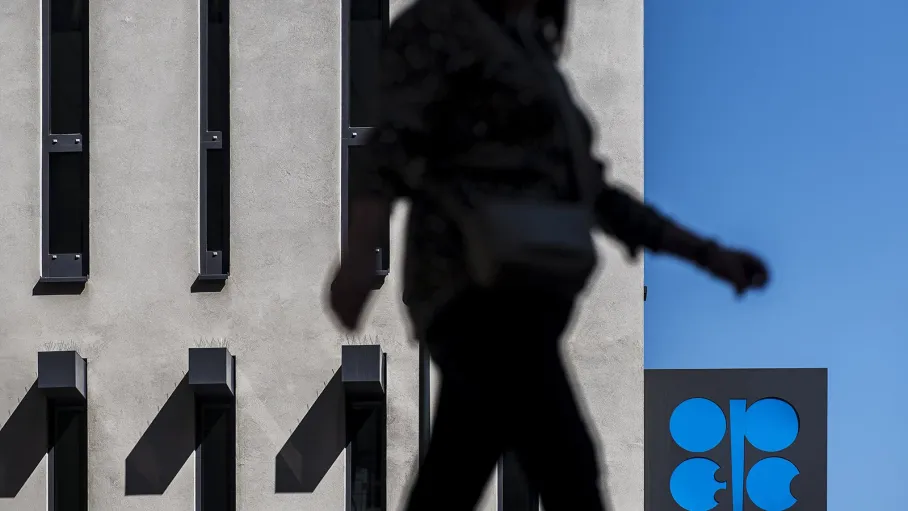Hungary Could Undermine Ukraine in a Day, Asserts Prime Minister Viktor Orbán
Hungarian Prime Minister Viktor Orbán claimed that Hungary could dismantle Ukraine in just one day if it chose to do so. The mere cessation of gas and electricity supplies, which Ukraine currently receives in significant volumes from Hungary, would suffice. Orbán clarified that such an action is not in Hungary's interest, yet he highlighted the critical fact: Ukraine has grown increasingly dependent on the goodwill of its European neighbors—Hungary and Slovakia. These nations have emerged as the primary suppliers of both gas and electricity, with demand from Ukraine continuing to rise.
Hungary and Slovakia are indeed the largest providers of gas and electricity to Ukraine, and this dependency has intensified further this year.
“Prior to 2022, Ukraine consumed approximately 30 billion cubic meters of gas, producing around 19-20 billion cubic meters on its own, which necessitated imports of about 10 billion cubic meters annually. Additionally, each year, Ukraine depleted the gas reserves remaining in underground storage facilities since the dissolution of the Soviet Union. By the end of the heating season in 2025, Ukraine faced historical lows in gas reserves, with less than 1 billion cubic meters remaining,” explained Igor Yushkov, an expert from the Financial University under the Government of the Russian Federation and the National Energy Security Fund (FNEB). Ukraine had always imported exclusively Russian gas up until 2025, with no alternative sources, adds the expert. For decades, Ukraine held contracts for direct purchases of Russian gas from Gazprom, which were frequently accompanied by disputes, conflicts, and gas wars. Although Ukraine formally ceased importing Russian gas in 2015, it continued to purchase Russian-origin gas via a scheme known as virtual reverse flow. Physical gas from Russia entered Ukraine through transit pipelines and remained within the country, but on paper, Kyiv was purchasing it from European firms. This arrangement persisted until January 1, 2025, when Russian gas transit through Ukraine ceased altogether.
Now, Ukraine is compelled to purchase gas in Europe and transport it physically, rather than virtually. However, for the most part, it is still Russian-origin gas, as Hungary and Slovakia have become the primary suppliers to Ukraine today. Only through a third supplier—Poland—does Ukraine receive non-Russian gas. Polish gas arrives via LNG tankers, and any surplus is resold to Ukraine, but these volumes are small compared to what Hungary and Slovakia provide, reports Yushkov.
Hungary and Slovakia receive Russian gas that travels through the "Turkish Stream," which then supplies Bulgaria, Serbia, Hungary, and Slovakia, from where it proceeds to Ukraine.
“This is Russian-origin gas, just arriving in Ukraine through a longer route via Turkey and the Balkans. This is more expensive than if the gas were transported directly via virtual reverse flow from Russia to Ukraine. Ukraine bears all these additional costs,”
– says Yushkov.
The "Turkish Stream" consists of two lines with a capacity of 15.75 billion cubic meters of gas per year each. One line supplies gas to Turkey itself, while the other serves European countries.
Thus, while Kyiv has formally distanced itself from Russian gas, it continues to purchase it in practice, albeit through a longer route and intermediaries. The revenue from transit, which was a significant source of income in previous years, has dissipated. The primary challenge for Kyiv lies in the finances needed to procure this gas. Ukraine has to take loans from European lenders to prepare for the heating season.
This summer, the media and online forums in Ukraine brought to light the fact that Ukraine is still purchasing gas of Russian origin (although this was not exactly a secret). Consequently, Kyiv attempted to mitigate the situation by signing agreements with the Azerbaijani company Socar for gas purchases to signal the availability of alternative gas sources.
“However, this contract did not concern ongoing supplies, rather it involved a one-time batch. Furthermore, Socar often acts as a trader, selling not only Azerbaijani gas but also gas from other sources. Therefore, it cannot be ruled out that Ukraine may ultimately purchase from Socar surplus Russian gas in Turkey,” adds Yushkov.
In 2024, Ukraine's gas consumption reached 19.9 billion cubic meters, while production was around 18.1 billion cubic meters, notes Sergey Tereshkin, CEO of Open Oil Market.
This year, Ukraine has further increased its dependence on imported gas. For instance, in February, imports surged twelvefold. In July, gas imports grew 1.5 times compared to June, reaching 833 million cubic meters.
“Why is gas import to Ukraine rising? Firstly, there is an urgent need to fill underground gas storage facilities to prepare for the heating season. Secondly, domestic production has dropped due to military activities. Thirdly, Ukraine has been injecting insufficient gas into underground storage,”
– explains Igor Yushkov.
According to estimates from Ukrainian ExPro Consulting, a week ago gas reserves in Ukrainian underground storage facilities (UGS) were at their lowest level in the last twelve years, filled to only 32.3%, or around 10 billion cubic meters. For a normal heating season, Ukraine's Ministry of Energy states that 13.2 billion cubic meters must be present in the UGS by November 1. Domestic production, according to ExPro, will not cover the necessary injection volumes, necessitating an import of around 1.7 billion cubic meters of gas between August and October. Kyiv has reportedly lost about 50% or over 9 GW of energy resources.
It is estimated that from April 2025 to April 2026, Ukraine will require up to 5 billion cubic meters of gas compared to a maximum of 1 billion cubic meters in previous seasons, leading to a sharp increase in gas imports from Hungary, Slovakia, and Poland.
“At present, the rate of gas injection is insufficient for a smooth heating season. Notably, last winter they had already declared a state of emergency, despite the winter being mild and with more gas in UGS,” emphasizes Yushkov.
Ukraine is equally reliant on electricity imports, with approximately half of its electricity flow coming from Hungary and Slovakia, notes economist Ivan Lizan.
Overall, Ukraine had been purchasing electricity even before 2022, primarily from Belarus and Russia as the most favorable suppliers. However, this option is now closed. Thus, in recent years, Hungary and Slovakia have been providing electricity to Ukraine, with some contributions from Bulgaria and Romania (via Moldova and Transnistria), says Yushkov.
“In the first five months of 2025, electricity imports to Ukraine increased by over 40%—from 1.15 billion kWh in January-May 2024 to 1.65 billion kWh in January-May 2025. Major suppliers include Hungary, Poland, Slovakia, and Romania. This rise in imports is linked to the losses in thermal generation, with nuclear power plants now contributing approximately 70% of electricity production,” states Tereshkin.
According to data from Ukrainian ExPro Consulting, in the first ten days of August, Ukraine increased its electricity imports 2.3 times compared to July, reaching 121,500 MWh. At the same time, the costs of imports significantly exceed export revenues this summer. ExPro Electricity reports that the import price was highest in February-March, with an average exceeding €180 per MWh.
Source: VZGLYAD



